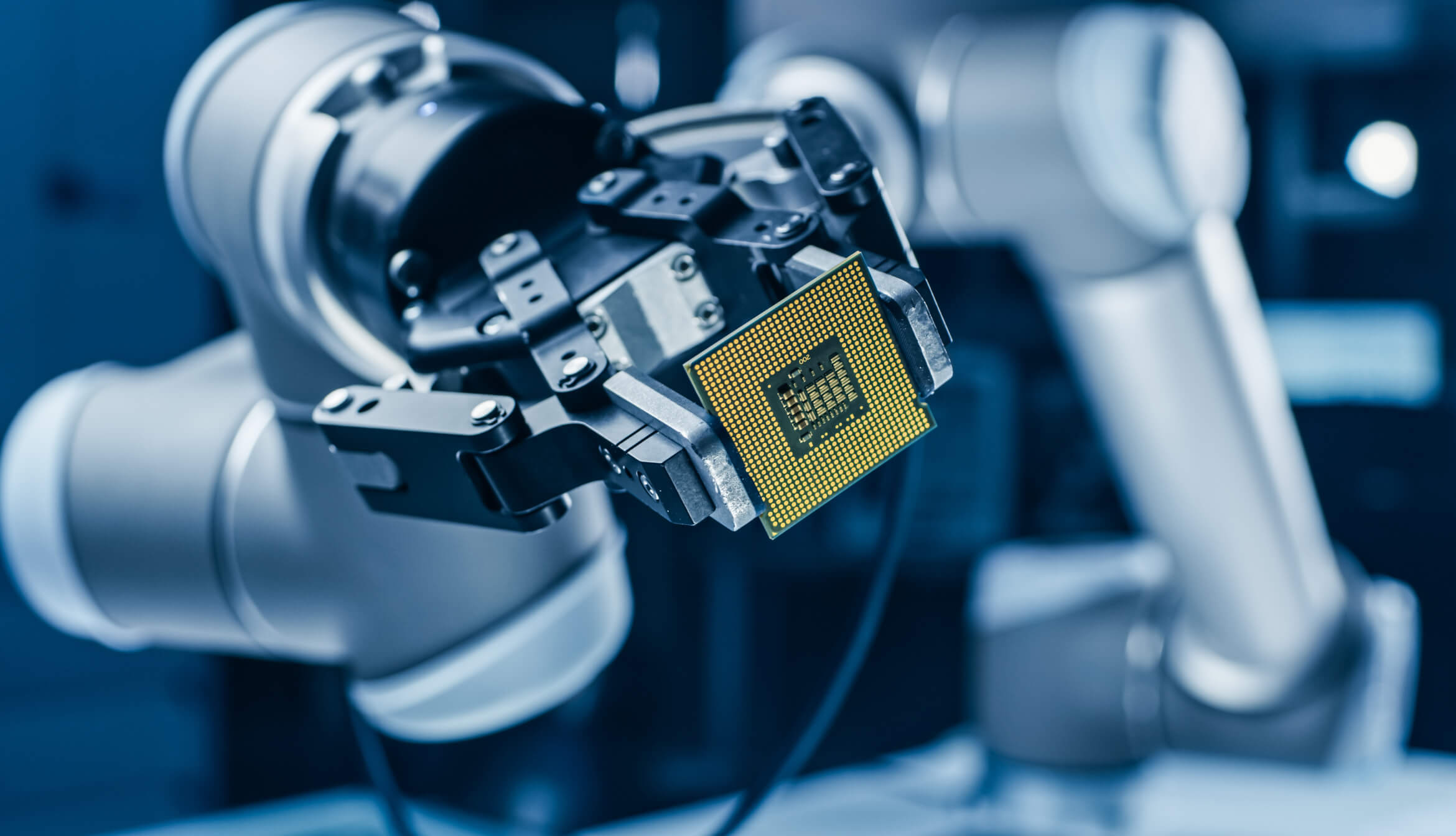The artificial intelligence (AI) industry survived its ‘winter’, in terms of limited hardware capacities, some time ago. Now, this sector seems to be a new investment hotspot. Nevertheless, many businesses and investors are still struggling to navigate this technologically complex field.
In his article for the M&A Community, Bruce Molloy, CEO of Springboard AI, and Artificial Intelligence / Machine Learning visionary, shares his insights about deals involving AI companies, the future of this market, and the use of Big Data during mergers and acquisitions.
What to consider during an AI-related M&A deal
There are several aspects to consider in the acquisition or sale of an AI company. Here are some ways to think through an M&A process.
“Buying/selling” for personnel (or “acquire to hire”)
Because of the scarcity of talent in AI, companies may be acquired solely for their personnel. The needed talent profile may vary over time and from company to company. Still, generally, there is a need for data scientists, AI model builders/strategists/leaders with domain expertise, and engineers who can turn AI models and the accompanying data into scalable production systems. A colleague of mine was offered $10M for a new company consisting of five PhDs, and this was before they had even decided on a product. There are numerous other examples with higher per-person numbers. Deal structure should consider both retention and integration issues.
Buying/selling proven Al models and accompanying data
A company I am familiar with was three times more successful at closing help desk tickets than others, according to industry averages. Their AI models were clearly proven, which reduced acquirer risk. With these kinds of performance metrics, pro formas can be created and value projected. Valuation approaches include financial estimates of increased profitability in addition to the strategic advantages this technology would bring; for example, more effective problem resolution would increase customer satisfaction. Again talent retention is essential, and it’s important that initial training data is of good quality. Equally important is the ability to capture and generate new data while enhancing the model.
The data, just the data!
They say that “the company with the most data wins,” and if you look at the success of Google or Amazon, it’s clear that their massive datasets are of significant importance. That being said, the nature and quality of the data must be examined in greater detail.
For instance, is the data riddled with junk or bias? Is the data in conflict with a regulation, whether GDPR or HIPPA? Does the data have limited shelf life such as customer and marketing data, given that consumers are in constant flux?
Data in the physical sciences and life sciences will typically have a longer shelf life, but it must be evaluated. Importantly does the company to be acquired have the ability to generate new data on an ongoing, “evergreen” basis? Lacking a future-looking data strategy and evergreen data creation capabilities, acquired data alone will likely lose its value.
On a different note, certain data rich companies such as Google or Amazon are able to generate more data as they acquire more data. Data begets data.
Another approach to data is seen in Reinforcement Learning (RL). This AI approach, which is gaining popularity, uses two AIs to compete against one another. RL was demonstrated in AlphaGo Zero’s performance in the game of Go, where the system learned how to play and improve itself through competition. The system ended up beating the best player in the world without existing data or training by humans. Reinforcement Learning is being used for simulation, modeling, prediction, and also the rapid mastery of games.
Strategic/new business model
I’ve been surprised by the number of mid-tier CEOs who have first asked for help in streamlining their operations using AI, and then asked for help in creating new data products or even new business models from this work. For example, the CEO of a commercial real estate company was interested in enhancing his operational and sales processes. Following that project, he wanted to monetize his data, algorithms, and insights to create new revenue streams, essentially creating new data products and a new business model. There are several ways M&A might help in this process, such as the acquisition of a mobile tech startup or a small data analytics firm to help in the monetization of these new capabilities.
Amazon is a great example of how new AI products and data-driven business models can spring from a core business.
Giants or diversity: How the future of the AI-market may look like
There are many niche AI startups in every industry. Andrew Ng’s quote about AI being “the new electricity” is absolutely right. AI is being used more and more in every aspect of business and life.
I’ve seen the consolidation of AI companies of all sizes, from very small startups to mega platforms. Many times consolidations will involve adding smaller AI capabilities to a larger business architecture. The larger platforms will seek to create highly generalized, large-market capabilities, while mid-tier and smaller consolidators will have a tighter industry and application focus.
AI start-ups are like modules
You can think of each of these AI startups as modules which fit into a larger whole. And it’s not just the AI algorithms but also the AI expertise, domain knowledge, and essential data that comprise these modules. Software engineering and business skill are also important. There are large numbers of these 3-10 person startups (modules) coming out of academia and entrepreneurs’ basements.
AI modules can work as ensembles
With consolidation you can imagine collections of these modules working together as an ensemble. For example, one module might be good at understanding customer requests, another at dealing with difficult customers, and a third at streamlining payments and deliveries. All three would be working together to enhance the customer experience. A fourth, analytics AI, might sit on top of these three, discovering trends and giving direction.
As AI capabilities are acquired by, and absorbed into a larger parent company, it will be important for the parent company to have not only the technical and data frameworks, but a strategic, top-down view of direction and success – it’s easy to get lost in smaller scope processes.
Interestingly, as we start to create hierarchies of AI specialization we move in the direction of biological and cognitive architectures. Such specialized architectures can be found in the brain. AI has constantly drawn inspiration from nature and the processes we find in ourselves – and this will no doubt continue.
AI, data, and M&A deals
Data science and AI are being used by Venture Capital, Private Equity and M&A in several areas such as deal sourcing, deal evaluation, and due diligence. There are nearly 100 venture capital groups that base their investment strategy on data and proprietary algorithms. In some cases these firms have standardized their data collection and use it to predict the success of contemplated investments. One can imagine the same approach used by bankers to predict the success of a contemplated merger or acquisition.
But We Don’t Have The Data. You may not have enough data initially to use machine learning or predictive analytics to provide confidence in a contemplated merger; however, there are other areas of AI and data science that can be helpful immediately such as Natural Language Understanding and expert systems.
Natural Language Understanding (NLU) capabilities can be applied to the analysis of contracts, reports, policies, regulations etc. for purposes of general understanding, and due diligence. Imagine being able to apply this capability to a collection of hundreds of contracts to determine dollar amount, end date, whether they are auto-renewing, etc. – and having these values placed in a standard spreadsheet for quantitative analysis. If not ready to use immediately, many of the NLU systems can be easily configured.
NLU can also be used to topically tag and organize large amounts of text, helping evaluators quickly get to what they need.
Expert Systems. A form of AI which preceded machine learning, expert systems have been used for decades. They are essentially rule-based systems built upon the heuristics of experts. A relatively small number of well thought out rules can be very powerful, for example, in determining which acquisition targets from a large target set should make the first cut. Expert systems apply these rules and decision-making automatically. As an added bonus, the definitional work that goes into creating an expert system can provide a good starting point for larger machine learning systems.
Automation = Greater Throughput. M&A like so many other endeavors is a numbers game. There are automation techniques that can simply remove drudge work and make a firm more productive. If through automation you can reduce your deal sourcing efforts by 50%, you can increase your deal flow by 2x. Building on this example, deal evaluation, and due diligence can similarly be increased 2x.
Will the Merger Be Successful? There may not be a historical instance that exactly matches the merger you’re contemplating. Still, one of the powerful features of machine learning and deep learning is that it can generalize and make predictions based on related instances, sometimes drawing unexpected conclusions as to whether something will or will not work. Although this approach requires more historical data, it opens valuable possibilities.
On another tack, cultural mismatch is one of the major failure points in M&A. This has been widely studied, as has the assessment and scoring of organizational culture. Scoring measures can span any number of areas such as innovation, values, and introversion-extroversion, etc. These measures, represented as vectors, provide a good method for matching and determining the degree of fit across large numbers of pairings.
AI will never completely replace human judgment, and the expert decisions that are the result of years of experience, but it can increase productivity and value through insights and the amplification of expert decision making. So, yes, it will change the way M&A is done, and it can help set deal value.
If this is an area you’re interested in pursuing, I would recommend becoming familiar with what your peer companies are doing in the areas of data and AI. Of greatest importance, put together a strategic approach to data so that with each new deal, you are collecting more and more data, and, importantly, the right data in a standard and consistent way.



